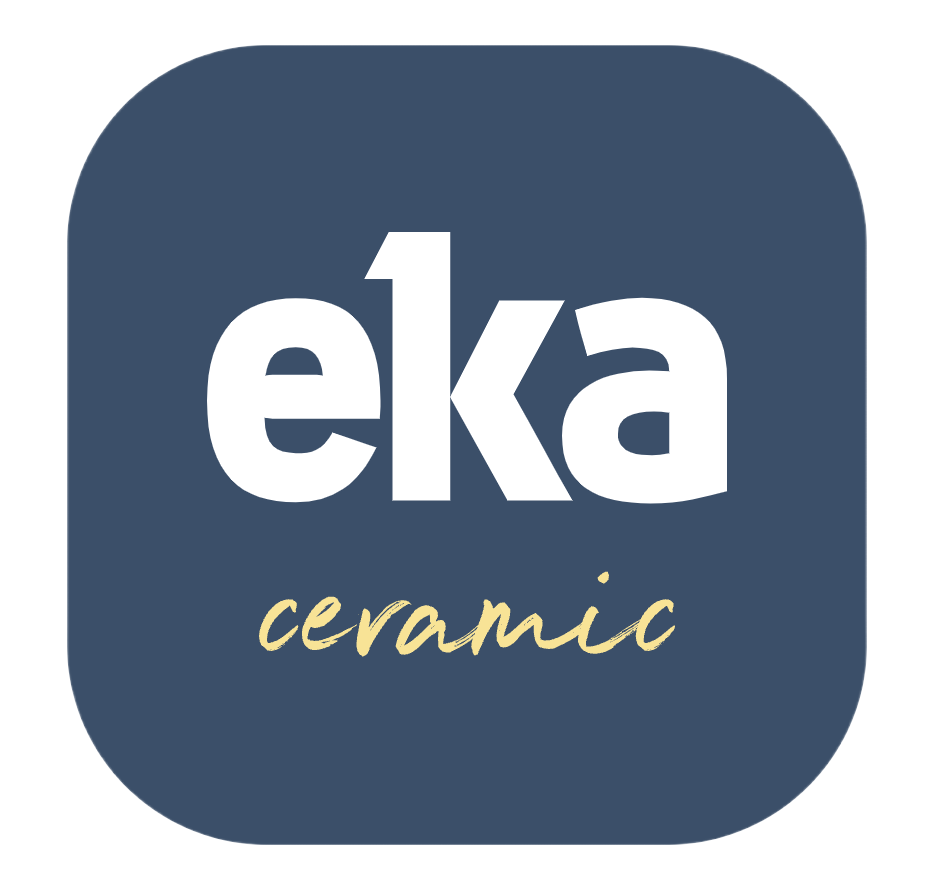Today’s ceramic mugs are more than just drinkware — they’re design statements. Whether sitting on a café countertop or featured in a TikTok morning routine, glazing techniques are now central to the aesthetic and emotional appeal of ceramic products.
In this article, we’ll explore 6 of the most popular glazing techniques used in modern ceramic mugs — how they’re created, why they’re trending, and how they can help your product line stand out in a competitive market.
Why Do Glazing Techniques Matter in Ceramic Mugs?
Modern consumers are more discerning than ever. A mug must not only look beautiful — it should also feel pleasant to touch, photograph well, and be easy to clean and durable. Glazing is the key to achieving all of this.
For brands developing custom ceramic coffee mugs for gifting or retail, understanding glazing can help position products better and create lasting impressions.
1. Reactive Glaze: No Two Mugs Are Ever the Same
Have you seen ceramic mugs with flowing, multi-tone patterns or almost volcanic textures? That’s probably reactive glaze at work.
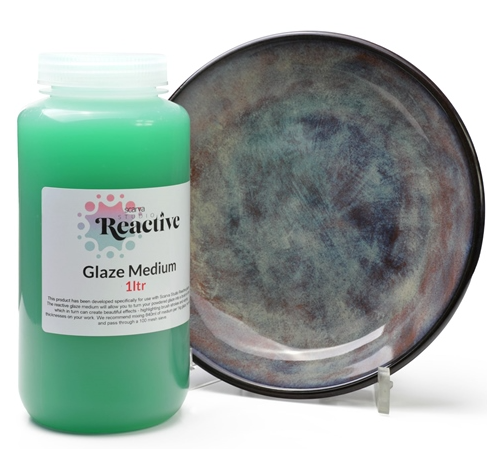
During high-temperature firing, the glaze reacts chemically to form unique, unpredictable effects. That’s why handmade ceramic coffee mugs with reactive glaze are beloved in artisan markets across North America and Europe.
Each mug becomes a miniature piece of art — perfect for boutique stores and handcrafted collections.
2. Satin Matte Glaze: Minimalism Meets Soft Texture
Satin matte glaze offers a smooth, non-glossy surface that feels silky to the touch. It’s ideal for modern and minimalist designs, and works particularly well in branding projects.
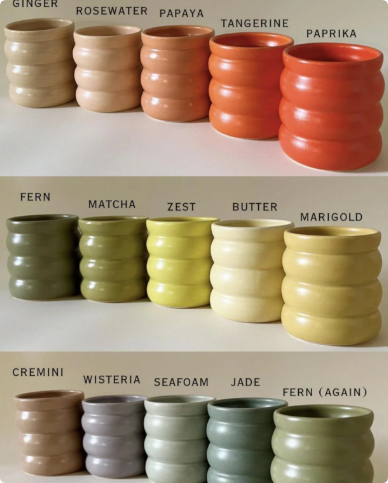
More businesses are opting for custom matte ceramic mugs for branding, laser-engraved or embossed with their logos. These mugs look sleek, feel premium, and align with clean visual aesthetics.
3. Speckled Glaze: Perfect for Nature-Inspired Designs
Speckled glaze is trending big — especially among lifestyle brands that emphasize natural, calming tones. This finish usually features an off-white or beige base with tiny brown or black speckles scattered throughout, giving it a handcrafted, organic look.
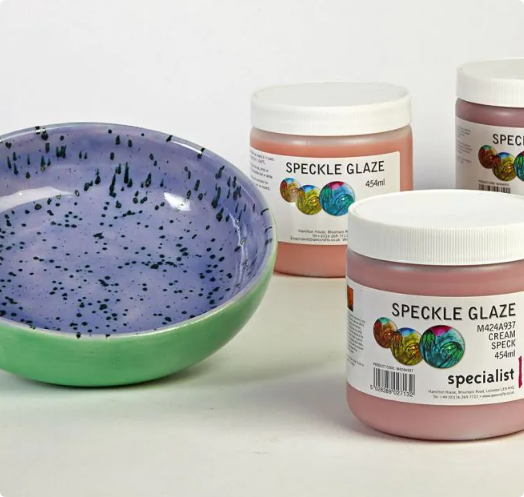
This technique is perfect for speckled ceramic mug set for minimalist homes, often sold in bundle gift boxes or used in interior design content.
4. Celadon Glaze: The Modern Twist on Eastern Elegance
Celadon glaze originates from traditional Chinese porcelain, known for its jade-like translucency and soft green hue. Today, it’s being used in contemporary shapes to bring a meditative, calming vibe to tea and coffee mugs.
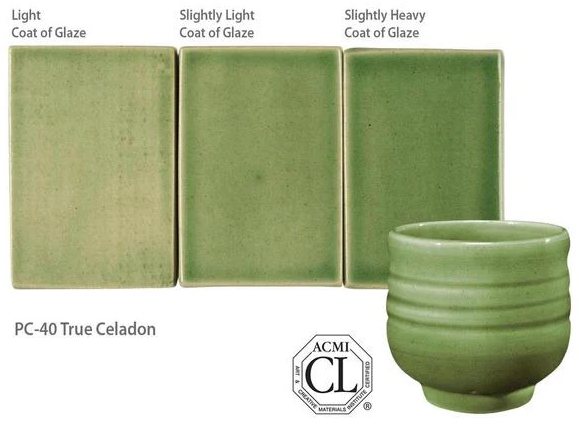
You’ll often find celadon ceramic mugs with translucent finish used by specialty tea brands that want to communicate a sense of mindfulness and serenity.
5. Salt Glaze: A Rustic, Textured Appeal
For rustic and farmhouse-style collections, salt glaze offers a rough, tactile surface with rippled textures and earthy tones. It’s especially popular among vintage-inspired brands and rural-style ceramic lines.
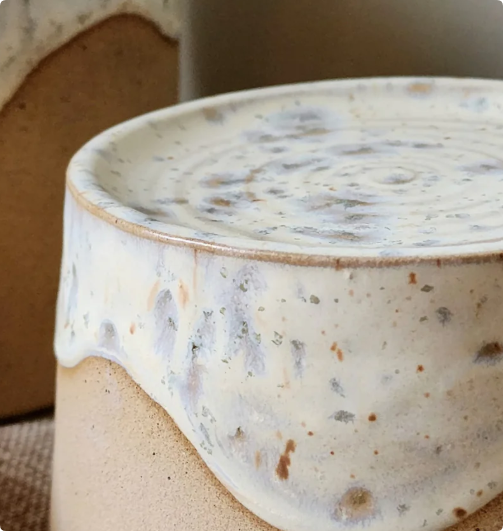
You’ll find many rustic salt-glazed ceramic mugs for countryside tableware collections in the U.S. and Germany, favored by gift suppliers and niche retailers.
6. Metallic Lustre Glaze: Shine That Makes a Statement
When you want your mugs to scream luxury, metallic lustre glaze is the way to go. This glaze creates reflective, metallic finishes in gold, copper, and rose gold — perfect for holiday sales and premium gift sets.
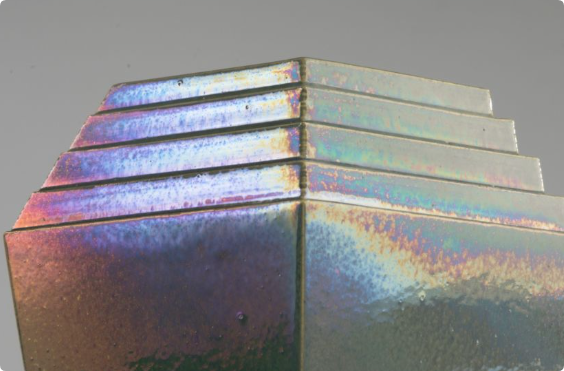
Searches for iridescent ceramic mugs with gold finish for gifting have spiked in recent years, especially around festive seasons and corporate gifting periods.
Comparison Table of Glazing Techniques
| Glaze Type | Texture & Finish | Style Direction | Popular Product Keywords | Most Popular In |
|---|---|---|---|---|
| Reactive Glaze | Flowing patterns, multicolor | Artisan, handmade | handmade ceramic coffee mugs with reactive glaze | USA, Europe |
| Satin Matte Glaze | Soft, non-reflective | Minimalist, modern | custom matte ceramic mugs for branding | Nordic countries |
| Speckled Glaze | Natural speckled effect | Calm, organic | speckled ceramic mug set for minimalist homes | UK, Japan |
| Celadon Glaze | Translucent jade-like finish | Asian, tea culture | celadon ceramic mugs with translucent finish | Korea, China |
| Salt Glaze | Rough, rippled texture | Rustic, vintage | rustic salt-glazed ceramic mugs for countryside collections | USA, Germany |
| Metallic Lustre Glaze | Shiny, reflective metal | Luxurious, seasonal | iridescent ceramic mugs with gold finish for gifting | Middle East, Europe |
Brand Examples: Who’s Using These Techniques Successfully?
Here are five brands leveraging glaze techniques to make their ceramic mugs stand out:
- Serax (Belgium)
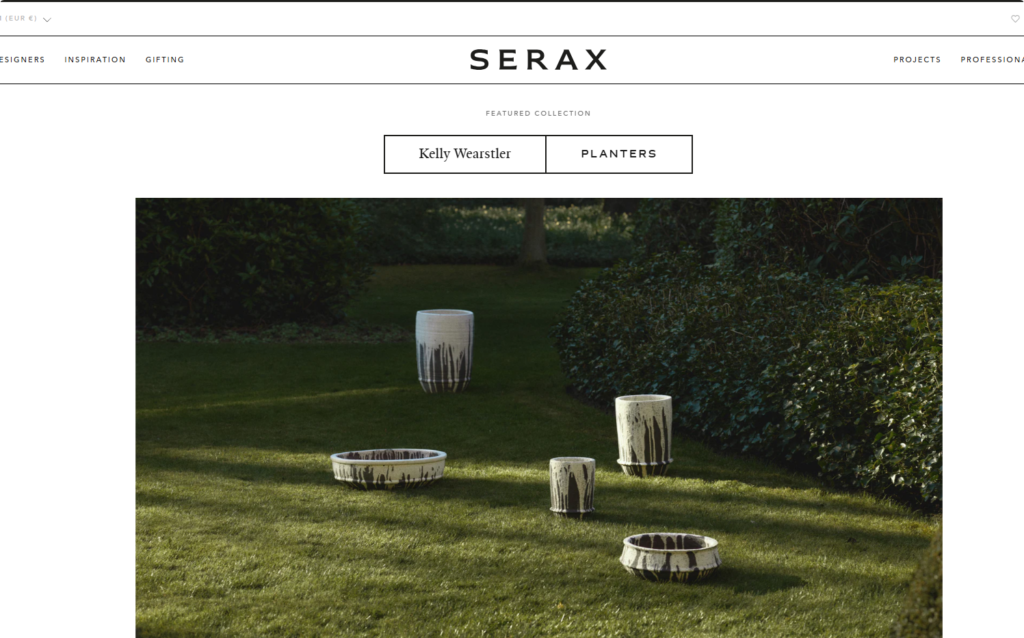
- Known for: Reactive glaze mugs with organic, fluid shapes
- Market: High-end lifestyle and homeware
- Loveramics (Hong Kong)
- Known for: Barista-style mugs with satin matte finishes
- Popular in: Global café chains and design boutiques
- MONOWARE (UK)
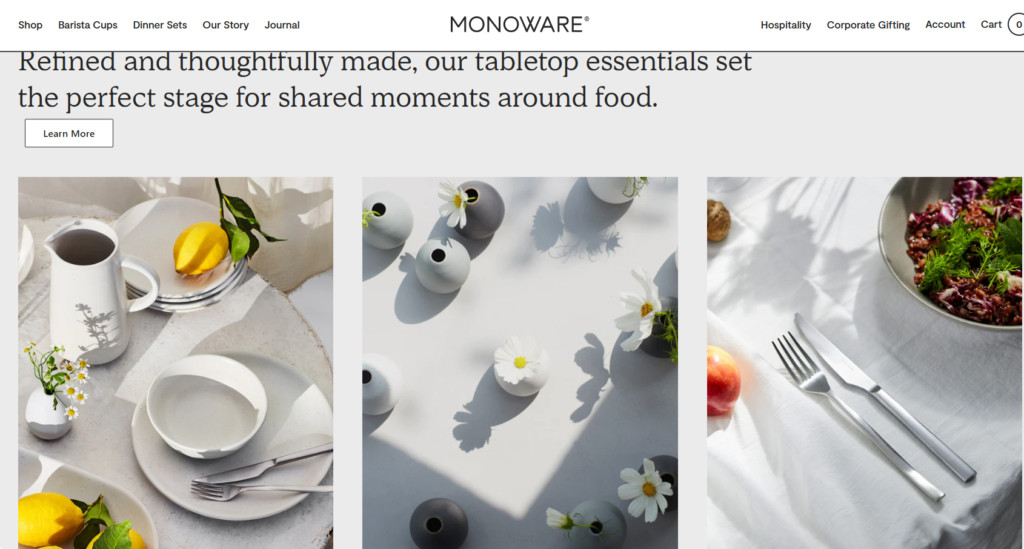
- Known for: Speckled mugs in soft neutral tones
- Ideal for: Minimalist gift bundles and home décor stores
- Batiik Studio (France)
- Known for: Gold lustre finishes with artistic silhouettes
- Specialty: Small-batch artisanal lines
- Karamic Design (South Korea)
- Known for: Celadon-glazed mugs with contemporary shapes
- Market: Tea-focused brands and concept stores
FAQ – People Also Ask
Q1: Which ceramic glaze is most suitable for eCommerce products?
A: Reactive and speckled glazes are highly photogenic and perform well on platforms like Etsy and Amazon.
Q2: Can matte ceramic mugs be customized with logos?
A: Absolutely. Matte finishes work well with laser etching or embossed branding, making them ideal for corporate or gift promotions.
Q3: Are gold-glazed mugs microwave-safe?
A: Not always. If the glaze contains real metal, avoid microwave use. Instead, choose metallic-style finishes that mimic the effect without using actual metal.
Q4: Do glazing techniques affect stain resistance?
A: Yes. Smooth glazes like satin or glossy finishes are generally more stain-resistant than textured or porous ones.
Final Thoughts: Glaze Is More Than Surface Deep
Glazing is not just a finish — it’s a design language. Whether you’re launching a new mug collection, developing seasonal gift sets, or building a lifestyle brand, understanding glaze types can be the difference between “just another mug” and a customer favorite.
If you’re looking for a factory that can support custom glazing techniques and ceramic mug development, we’re here to help.
EKA is a ceramic tableware manufacturing factory based in China, offering OEM & ODM services for global kitchenware and home brands. Whether you need bulk production, exclusive glaze recipes, or product line development, EKA can bring your ceramic vision to life with consistency and craftsmanship.
